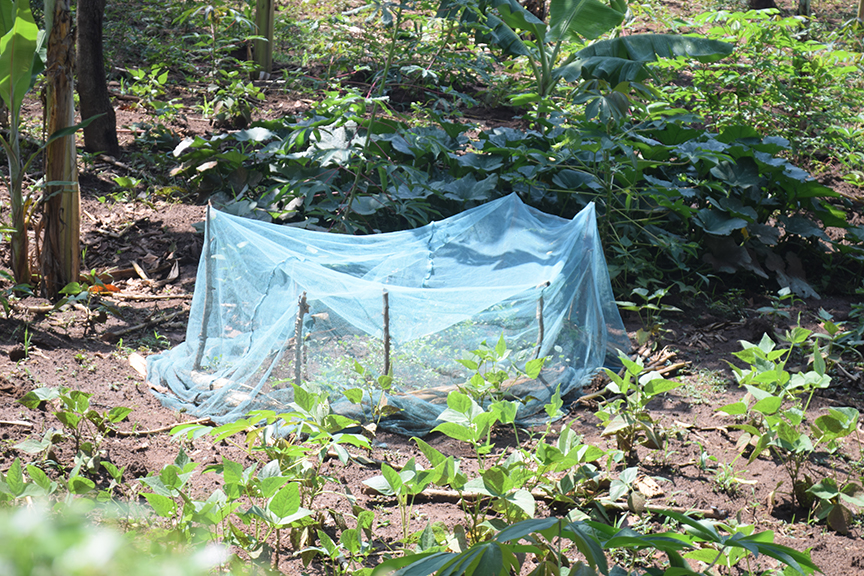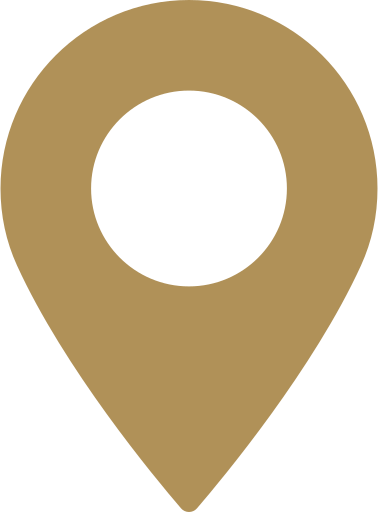IPM Physical Control - /IPM, fizik(ə)l, kənˈtrōl/ - method
September 22, 2020
Definition: An Integrated Pest Management (IPM) method in which tools and techniques are used to physically keep pests from reaching their hosts by directly removing pests or creating barriers and traps.
A Closer Look: Some IPM physical control methods include altering the physical environment to make it unfavorable to pests. Other IPM techniques include cultural controls (related to choosing pest-resistant species and varieties) and biological controls (like introducing natural enemies of pests like birds). While all IPM control methods have benefits, for best results apply multiple IPM methods together to keep your fields pest-free.

Six Examples of IPM Physical Controls:
- Setting out sticky traps to attract and trap pests so that they keep away from crops
- Hand-picking insects and eggs from plants in the early stages of infestation
- Removing weeds and fallen foliage
- Sweeping the area frequently to inhibit breeding grounds for pests and diseases
- Covering crops with an insect net to prevent insects from reaching them
- Planting a vegetative barrier between crop areas (alleys, repellant plants)
You can read more about physical controls and other IPM practices in Chapter 16 of the Technical Manual.
 United States
United States
Comments